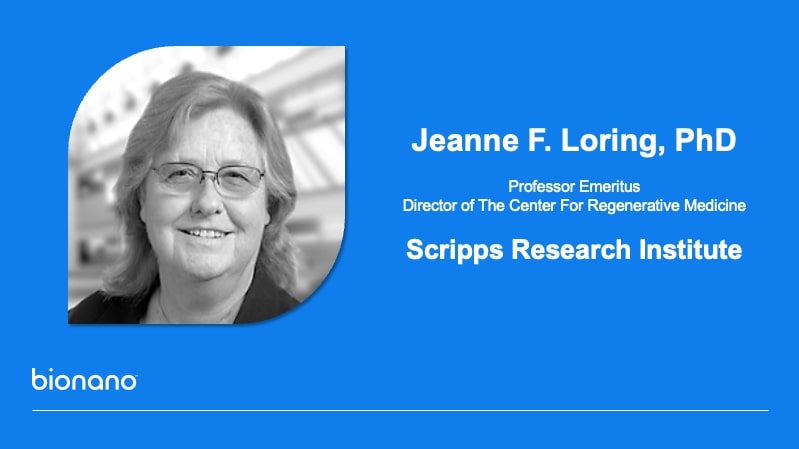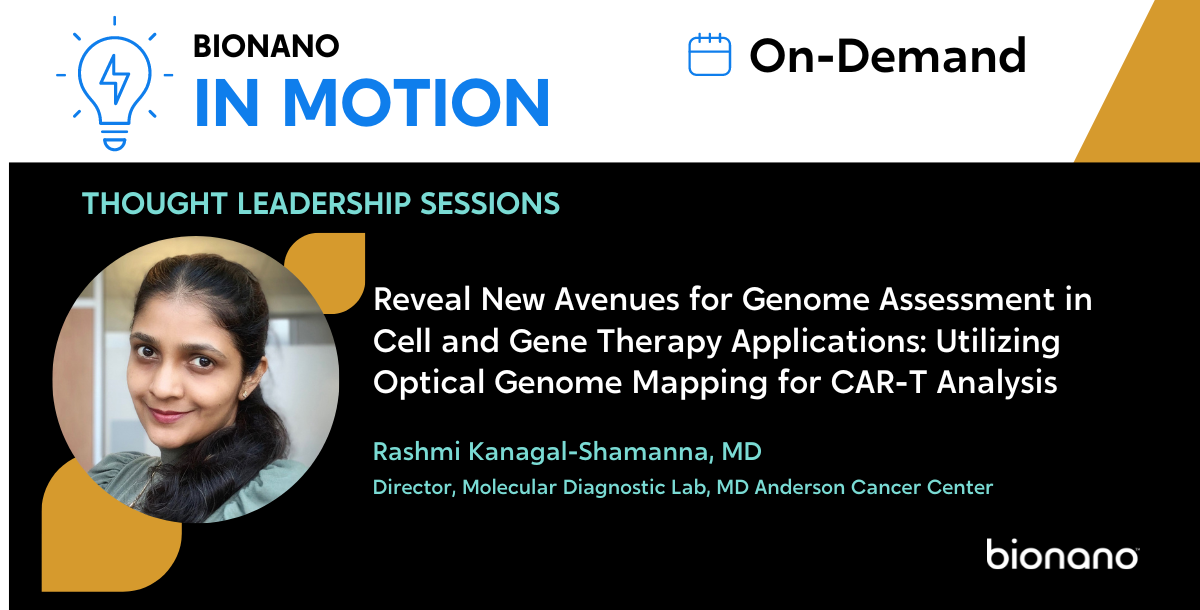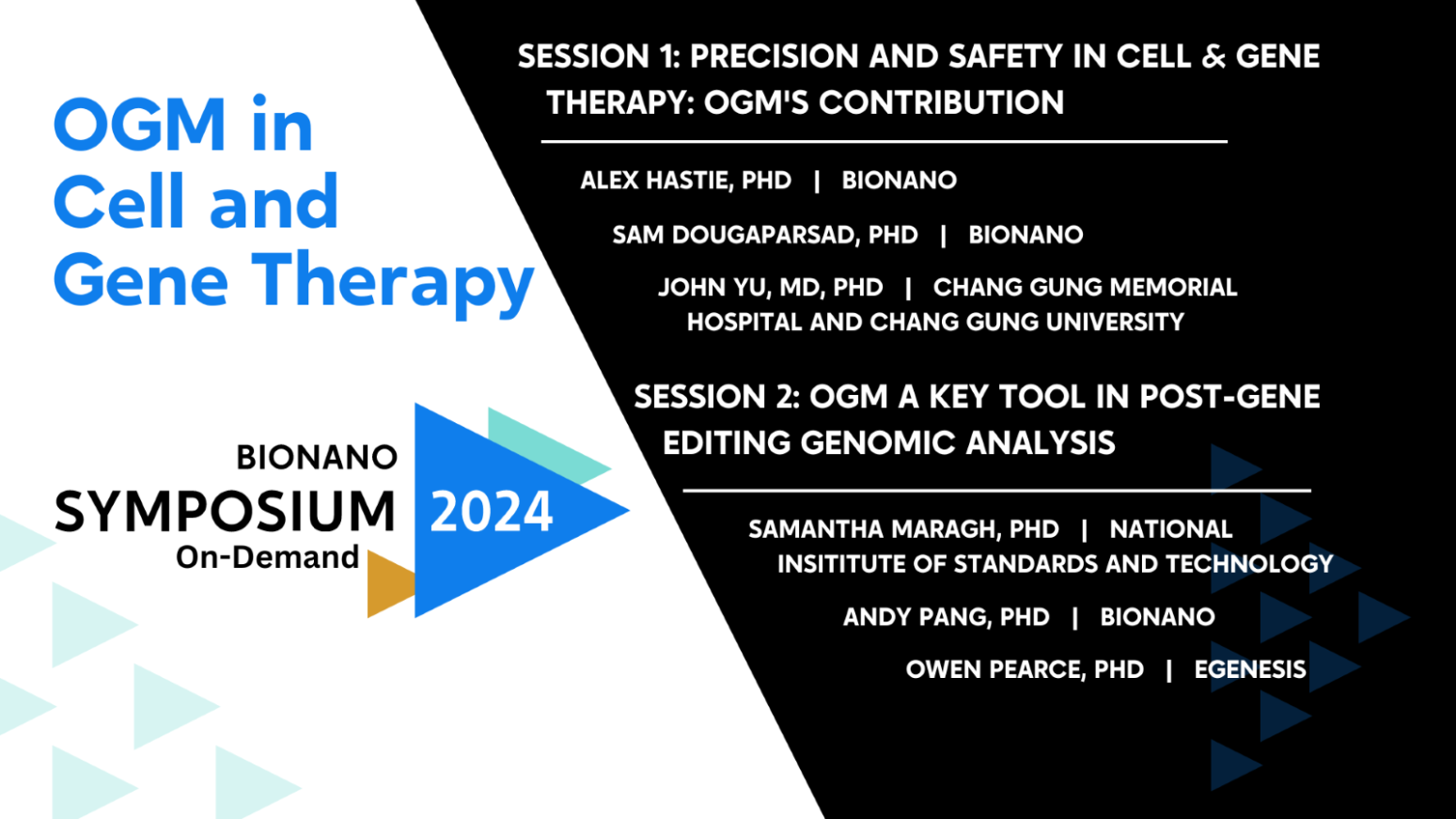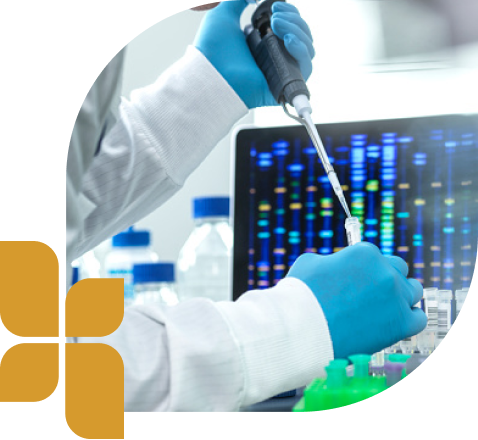
Assess genome integrity and off-target events with confidence.
Optical genome mapping (OGM) detects structural variants at a low allele frequency with high resolution to better assess genomic integrity and off-target events in engineered cells. Using a genome-wide, sensitive, and reproducible workflow, OGM delivers results quickly. See the full genomic picture and pave the way for safer therapies that get to market faster.
How OGM worksOGM quick view
Hear from Bionano’s VP of Clinical & Scientific Affairs, Dr. Alex Hastie, about how OGM can transform cell bioprocessing QC workflows.
- Dive into how OGM principles are reshaping cell and gene therapy R&D.
- Understand OGM’s pivotal role in precise genetic modification assessments.
- Explore OGM’s applications in genome integrity and off-target analysis.
expert insights
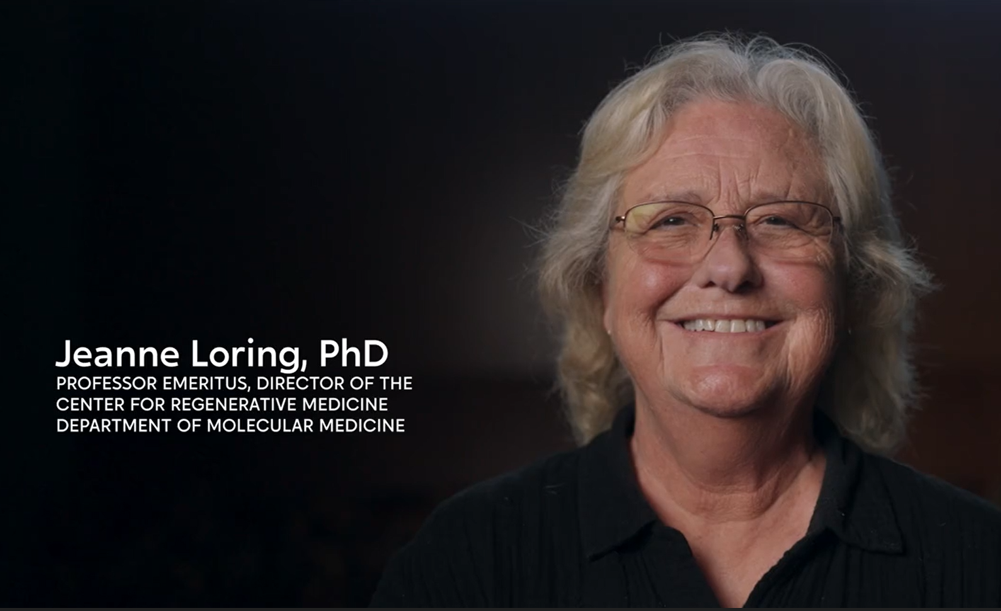
Dr. Jeanne Loring: Unveiling the Promise of iPSCs in Therapy Research & Development with Optical Genome Mapping
- Discover Dr. Jeanne Loring’s groundbreaking iPSC research and its promise for treating Parkinson’s disease at Aspen Neuroscience.
- Learn about the crucial role of optical genome mapping in verifying iPSC genomic integrity.
- Explore the impact of OGM in pioneering research on innovative therapies in the regenerative medicine field.
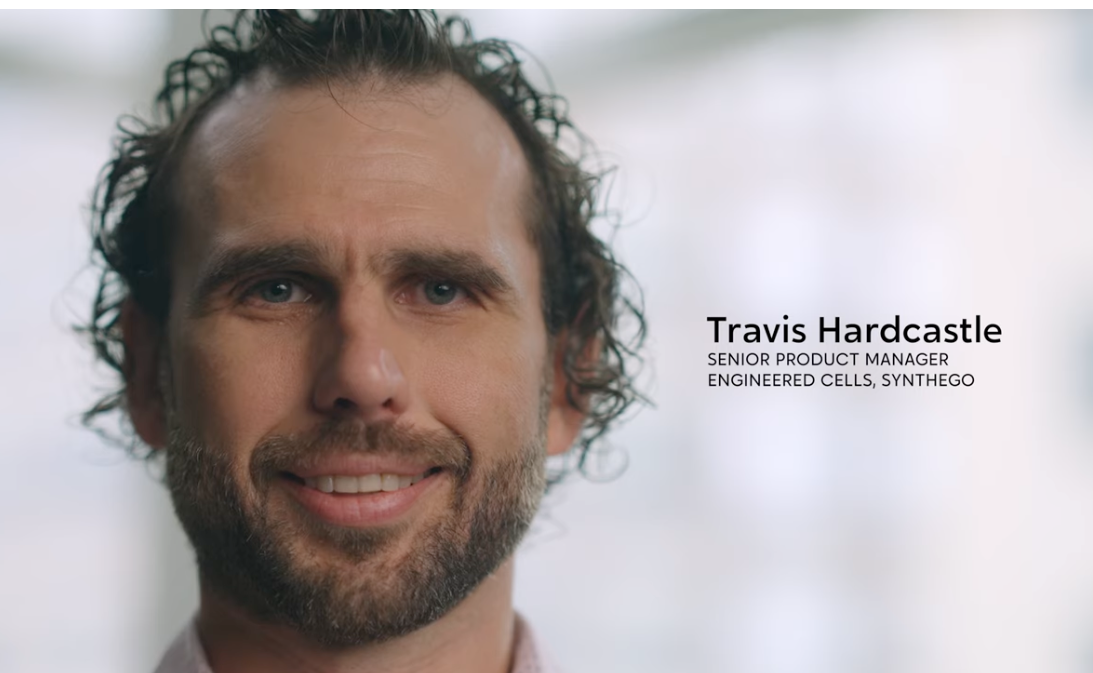
Travis Hardcastle: Empowering Therapy Innovation with High-Quality Engineered Cells & Optical Genome Mapping
- Witness Travis Hardcastle’s journey into cell line genetic engineering at Synthego, inspired by his family’s battle with Parkinson’s disease.
- See the use case value of Synthego’s innovative engineered cell technologies and their impact on therapy development.
- Unravel the significance of OGM in enhancing Synthego’s cell quality and its breakthroughs.
OVERCOME LIMITATIONS IN CELL BIOPROCESSING WORKFLOWS
Optical genome mapping overcomes the limitations of conventional techniques for genome integrity assessment.
| Methods | Limitations | Time to Complete |
| Karyotyping |
Low-resolution Highly subjective Unable to detect allelic imbalances High turnaround time Complex workflow requiring specialized staff Requires cell culturing (added 7 – 14 days) |
1-2 weeks in-house 5-8 weeks when outsourced |
| PCR |
Only used for aneuploidy and target sites
Not genome-wide |
<1 week |
| CMA |
Only detects CNVs and allelic imbalances
Cannot detect balanced rearrangements Challenges resolving repeat rich regions |
<1 week |
| NGS |
Targeted sequencing will not detect most CNVs or SVs
Challenges detecting certain genomic variants in heterogeneous populations Rarely genome-wide Genome-wide sequencing is costly and has low sensitivity for CNVs and SVs |
Variable |
Reach higher levels of structural variant detection with OGM.
Greater Certainty
Detects all classes of structural variants other methods miss
High Reproducibility
Dependable, reproducible results
No need for duplicate or subsequent testing
High Resolution
Detects structural variants with high sensitivity
High specificity
Unbiased, Genome-Wide Results
Broad and objective view of the genome
See even deeper and rarer variants
Fast Turnaround Time
Results in just 3-5 days
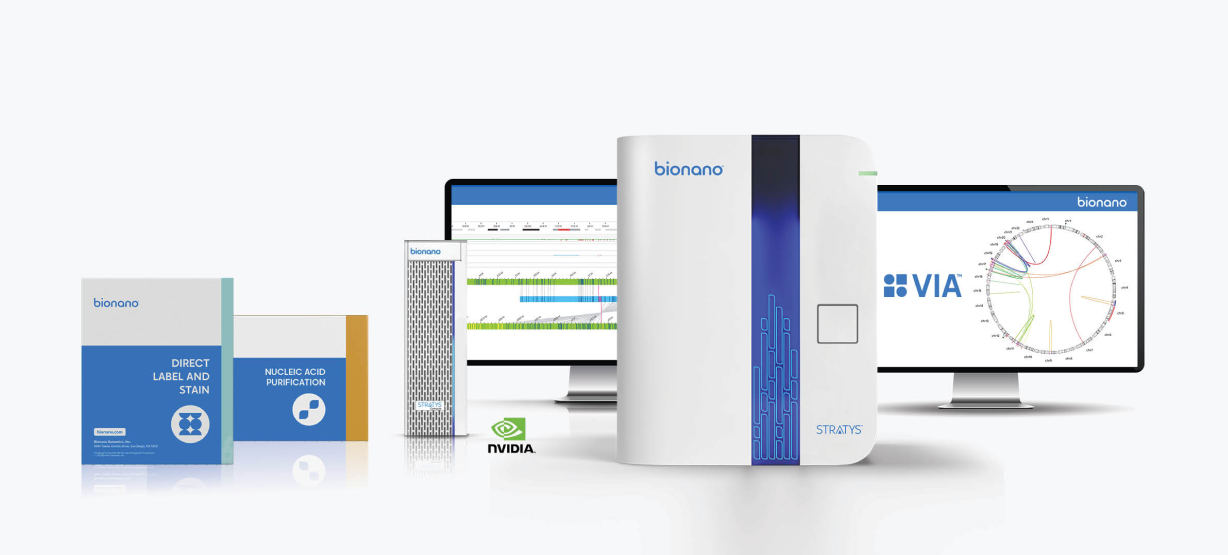
Featured Products of the OGM Workflow
The Stratys™ System delivers comprehensive SV detection at scale. With unprecedented flexibility and throughput, Stratys empowers you to achieve deep genomic coverage and move cell engineering programs forward with confidence.
Webinars
See how researchers are using OGM to streamline genome integrity assessment.
KEY PUBLICATIONS
INTERACTIVE FLIPBOOK

Learn more about OGM for next-level genome integrity assessment.
Connect with a Specialist.
Get in touch to discuss how OGM can benefit your cell bioprocessing program.
Learn More About OGM
Why Structural Variation Matters
Read about what structural variations are and why they matter.
Learn MoreThe Stratys™ System
Reveal genome-wide structural variation with the Stratys™ Optical genome mapping system.
Learn More






